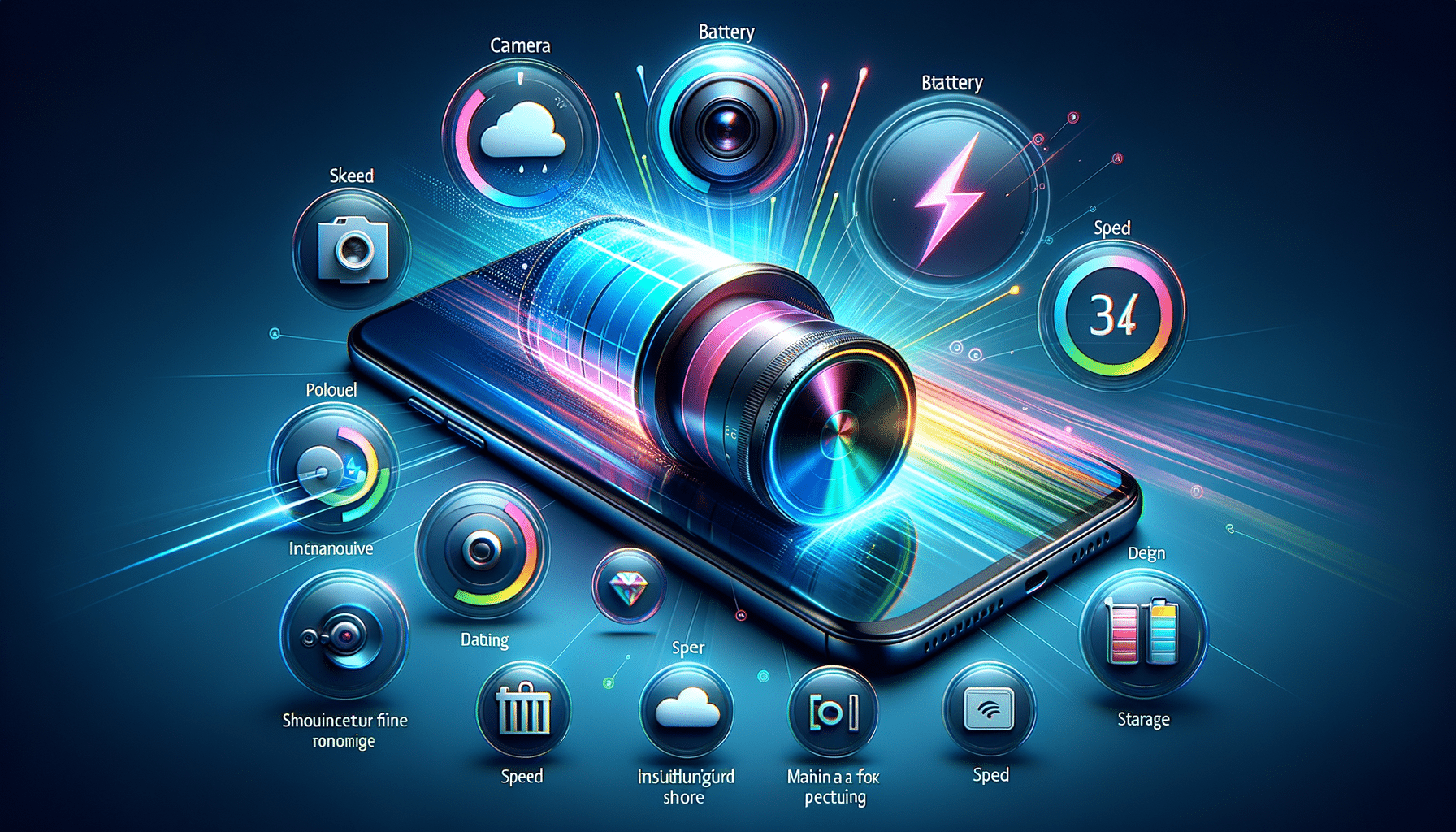Introduction: The Significance of Choosing the Right Smartphone
In today’s digital age, smartphones are not just communication devices; they are indispensable tools that influence how we interact with the world. Whether for work, socializing, or entertainment, the right smartphone can enhance productivity and enrich our daily experiences. However, with a myriad of options available, selecting the right one can be daunting. Understanding the key features, such as the operating system, performance, and display quality, is crucial in making an informed decision.
Understanding Operating Systems: Android vs. iOS
The operating system is the backbone of any smartphone, dictating its functionality and user experience. The two dominant players in the market are Android and iOS, each offering unique benefits.
- Android: Known for its flexibility and customization, Android is favored by users who enjoy personalizing their devices. It supports a wide range of hardware, allowing for a diverse selection of phones across various price points.
- iOS: Apple’s iOS is renowned for its seamless integration with other Apple products and its user-friendly interface. It tends to offer timely updates and a secure environment, making it a popular choice for those who prioritize security and simplicity.
Choosing between these operating systems depends largely on personal preference and the ecosystem one is already invested in. For example, users who own multiple Apple devices might find iOS more convenient.
Performance Matters: Processor and RAM
Performance is a critical factor when buying a smartphone. The processor and RAM determine how efficiently a phone can handle tasks and run applications.
- Processor: The processor acts as the brain of the smartphone. High-performance processors, such as those from leading chip manufacturers, offer fast processing speeds and support for advanced features like AI and machine learning.
- RAM: Random Access Memory (RAM) affects how smoothly a smartphone can run multiple applications simultaneously. More RAM generally means better multitasking capabilities.
For users who engage in gaming or use resource-intensive applications, investing in a smartphone with a powerful processor and ample RAM is advisable. This ensures a lag-free experience and enhances overall usability.
Display Quality: Size, Resolution, and Technology
The display is one of the most noticeable features of a smartphone, impacting everything from media consumption to browsing. Key aspects to consider include:
- Size: Larger displays offer an immersive experience, ideal for watching videos and playing games. However, they may be less convenient for one-handed use.
- Resolution: Higher resolution screens provide sharper images and text. Common resolutions include Full HD and Quad HD, with newer models offering 4K displays.
- Technology: OLED and AMOLED displays are known for their vibrant colors and deep blacks, while LCDs are often more affordable and provide good color accuracy.
When selecting a smartphone, consider how you plan to use it. Those who prioritize media consumption might prefer a larger, high-resolution display, while others may value portability over screen size.
Conclusion: Making an Informed Decision
Choosing the right smartphone is a personal journey that involves balancing various features to meet individual needs. By understanding the importance of the operating system, performance capabilities, and display quality, shoppers can make informed decisions that align with their lifestyle and preferences. Whether prioritizing customization, performance, or display quality, the right smartphone can significantly enhance daily life, making it a worthwhile investment.




Leave a Reply